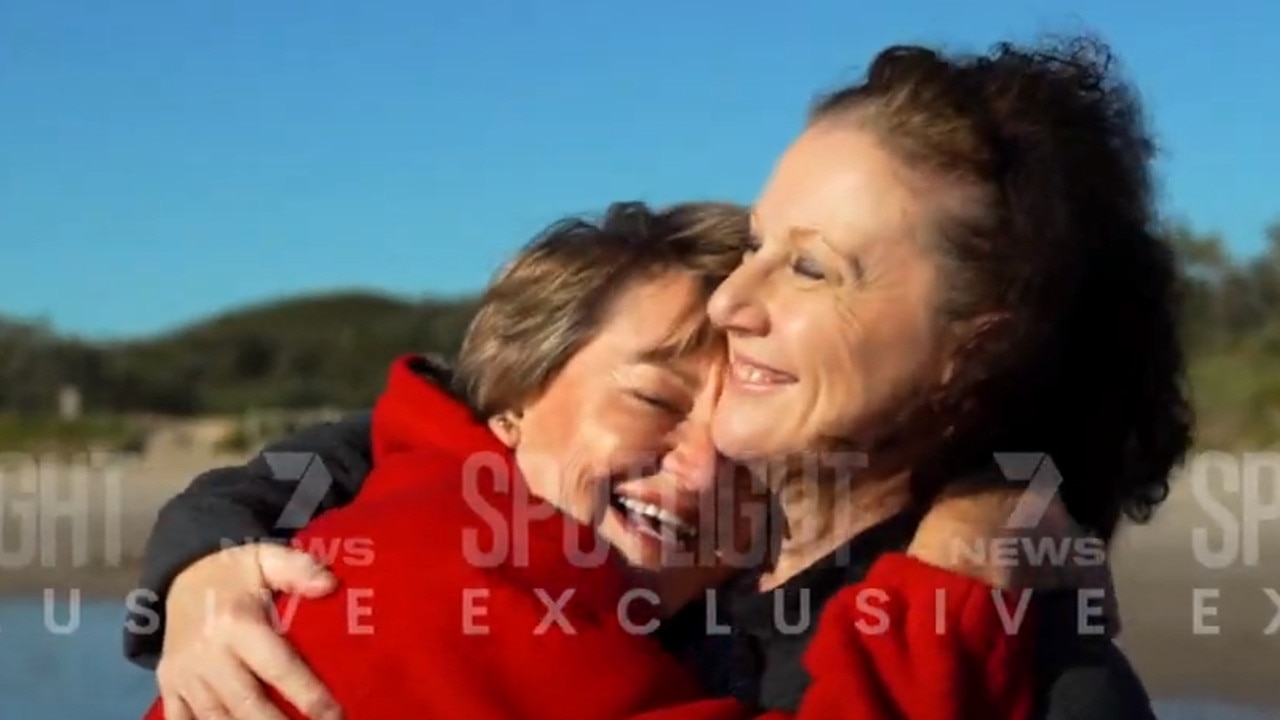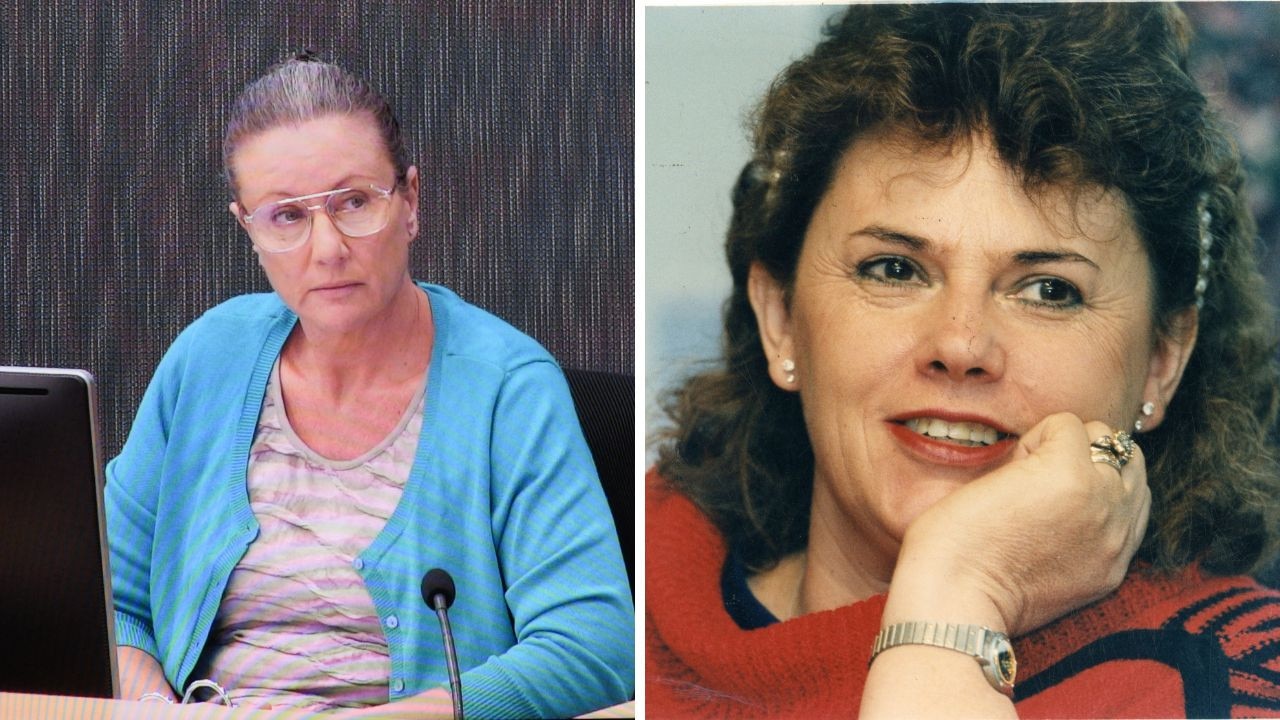Mother’s Guilt podcast: Is Kathleen Folbigg innocent of killing her four children?
Kathleen Folbigg has spent 19 years in jail for murdering three of her children and the manslaughter of another. But have the courts got it wrong and is this one of the greatest miscarriages of justice in our history? Listen to our exclusive Mother’s Guilt podcast.
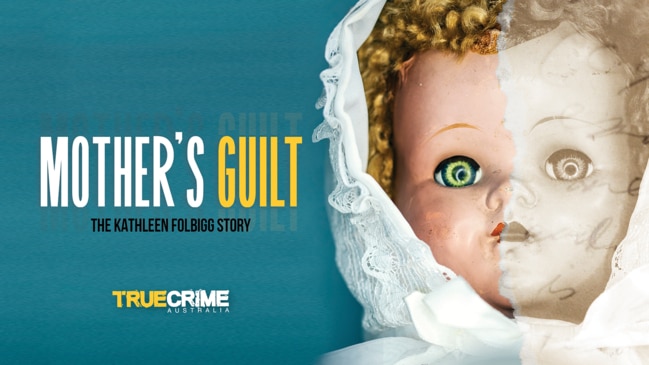
Mother's Guilt
Don't miss out on the headlines from Mother's Guilt. Followed categories will be added to My News.
Laura Folbigg likely had an acute cardiac arrhythmia that left her “a deathly grey colour” where “she stopped breathing” and “looked lifeless” about eight months before she was found dead in her crib in 1999.
Her mother, Kathleen Folbigg was out of the house at the time and her friend Karren Hall, who was babysitting at the time, had to revive the child.
The incident will be highlighted in the upcoming inquiry into the case as it strongly backs up new genetic evidence the two daughters carried a mutation on a gene linked to cardiac arrhythmias and sudden death.
Laura was the fourth child to die in the Folbigg family and her mother has spent 19 years in jail after being found guilty of three counts of murder and one count of manslaughter. The Crown’s case was that the woman, now aged 55, suffocated each of her four children.
Caleb died at 19 days of age, Patrick at eight months, Sarah at 10 months and Laura at 18 months of age.
LISTEN: Episode 1 of our SUBSCRIBER EXCLUSIVE podcast Mother’s Guilt – The Kathleen Folbigg Story, is now live. Press play here.
Click here for the full Mother’s Guilt episode rundown.
In a new and compelling eight-part podcast Mother’s Guilt, the incident is one of many aspects of one of Australia’s most compelling criminal cases investigated within the backdrop of new scientific evidence that has spurred a judicial inquiry, which starts on November 14.
NSW Attorney-General Mark Speakman ordered the new inquiry after a petition signed by 151 eminent scientists called for Ms Folbigg’s pardon after genetic sequencing discovered the two girls, Sarah and Laura, both carried a genetic mutation on the calmodulin gene (CALM2) which is linked to cardiac arrhythmia diseases like long QT syndrome and is well known to cause sudden cardiac death.
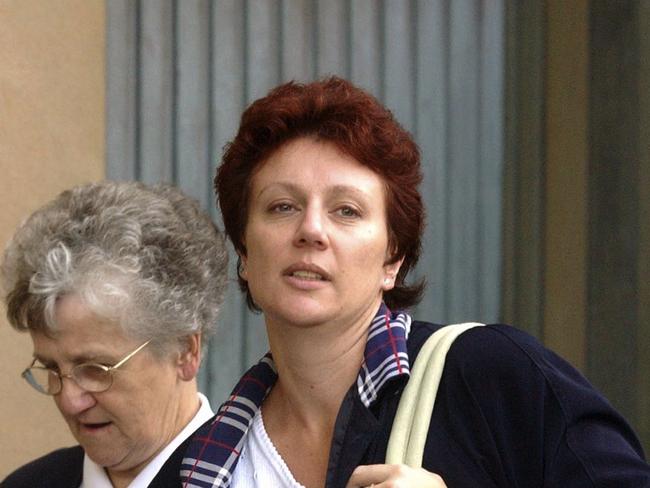
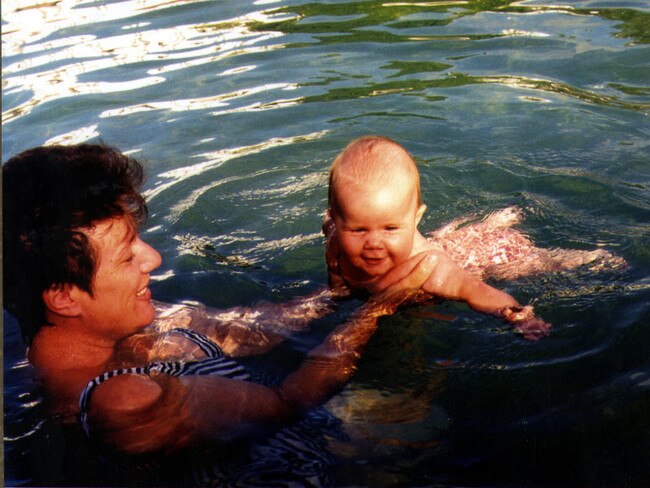
The petition said the mutation “caused lethal cardiac arrhythmias or cardiac arrest” in two US children.
Despite a lack of forensic evidence to support suffocation in any of the children in the 2003 trial, the incident with Laura eight months before she died suggested she had a cardiac arrhythmia issue because she had to be revived by her babysitter.
Mrs Hall, who learnt CPR when her close friend had Laura, offered to babysit the then 12-month-old while Mrs Folbigg ran errands in Singleton in 1998.
“She went to sleep on the lounge and I watched TV while she slept. And probably in about 45 minutes into her sleep the phone rang and it was Kath saying she was on her way,” Ms Hall, 58, said.
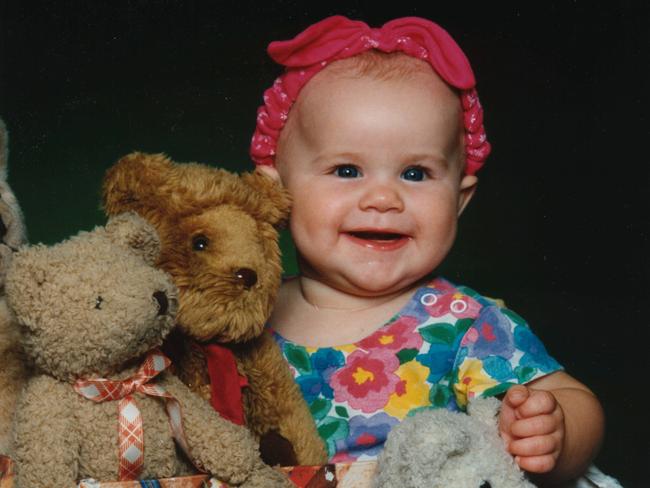
“I spoke to her for probably a minute or two, hung up the phone and came back into the lounge room and looked at Laura and knew something wasn‘t right. She was a deathly grey colour, she just looked lifeless.
“I just went into overdrive and I did what the training tells you to do. I couldn’t hear her breathing, I couldn’t see her breathing.
So I scooped her up off the lounge quite, quite roughly, I wasn’t very gentle and put her on the lounge room floor and got down to start CPR and started putting her in position for CPR when she took a big gasp of air.”
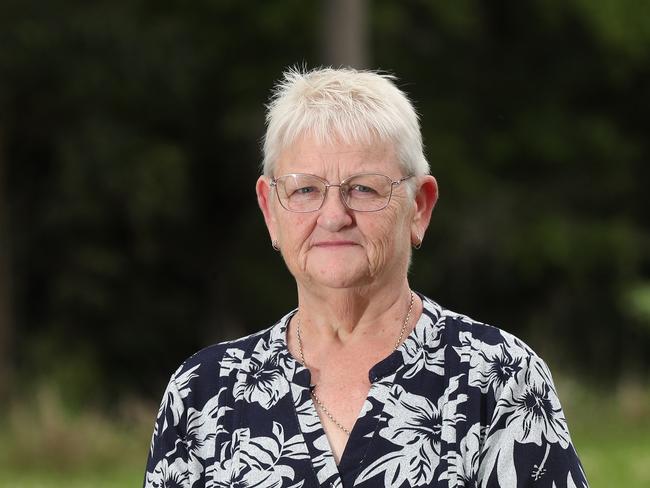
Laura had “a likely arrhythmic event” in Ms Hall’s lounge room that day according to Professor Peter Schwartz, a world leader in cardiac sudden deaths and sudden infant death.
In 2021, Professor Schwartz, head of the Centre for Cardiac Arrhythmias of Genetic Origin in Italy, provided a report which stated that the incident with Laura was likely “the first life-threatening event, 95 per cent caused by a cardiac arrhythmia”.
Ms Hall’s experience with Laura was used by the prosecution against Folbigg in 2003 because she said Folbigg remained calm when told what had happened.
Ms Hall feels acute guilt that she was used as a hostile witness against her friend, but finally feels emboldened by the science.
“I’m not a scientist or a doctor but boy am I grateful for the scientists now,” Ms Hall said.
“There was something not right, they had not figured it out the, and when that came through with that gene, it was a weight lifted off my shoulders. I knew it.
“I told people she didn’t do this. I’ve been adamant for the last 20 years that she didn’t do that.”
What Ms Hall witnessed also fits with the history of genetic mutations causing sudden death according to Prof Schwartz’s research.
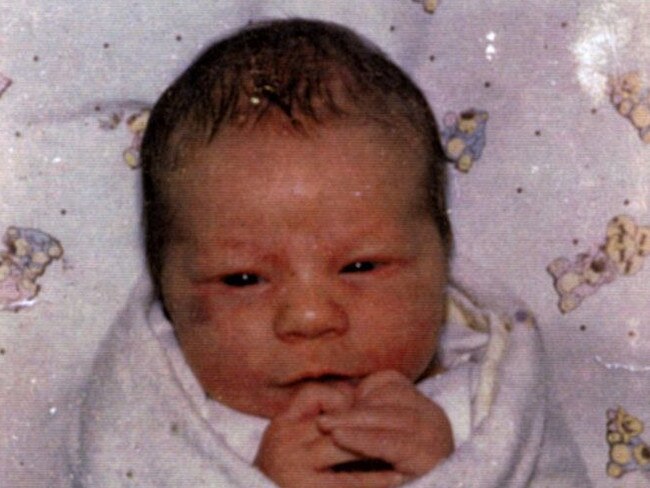
The centre has also established the International Calmodulinopathy Registry to understand the features of patients with a CALM gene arrhythmia syndrome and in a 2019 published study, the centre found a “high prevalence (78 per cent) of life-threatening arrhythmias with median age at onset of 1.5 years”.
The registry is tracking 131 such patients and data has also shown that 68 per cent of patients had suffered at least one major arrhythmic event at an average onset age of four years, and 27 per cent of those experienced sudden cardiac death.
Prof Schwartz is giving evidence in the upcoming inquiry and told the Mother’s Guilt podcast.
“We were able to prove that the Folbigg mutation is pathogenic and clearly can create the substrate for sudden death. Pathogenic means said that mutation is sufficient to induce under specific circumstances, sudden death,” Prof Schwartz said.
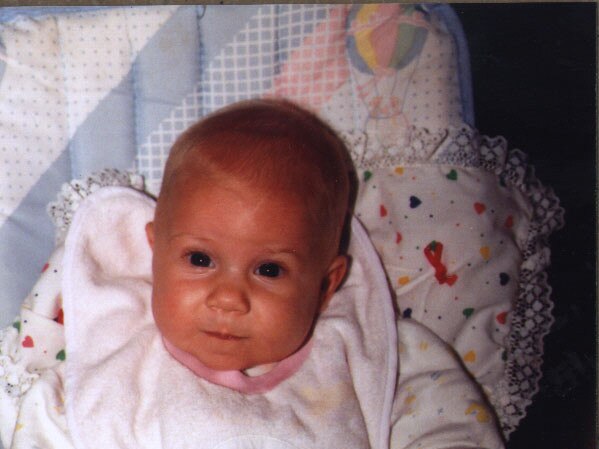
Sarah and Laura had viral infections in the days before their deaths which are known triggers for fatal arrhythmias in those with CALM2 mutations.
World-renowned sudden infant death expert Dr Robert Goldstein says genetic mutations are behind about 11 per cent of sudden infant deaths. The gene mutation in the two girls was found to be pathogenetic, or disease causing, and meant the case for was a “slam dunk” he said.
“If it's a pathogenic gene, then I would be hard pressed to understand what evidence is so substantial that it substitutes and other cause of death?” Dr Goldstein said.

The second Folbigg child, Patrick, died at eight months from epileptic seizures, but he had his first seizure at four months of age. Ms Folbigg was found guilty of manslaughter for Patrick’s death.
“But the other important thing when we focus just on cardiac death, we're talking about mutations in genes in the heart, but all over the body there are cells that have the same genes, as a fatal a arrhythmia or an arrhythmia in the heart,” Dr Goldstein said.
“What is what’s an arrhythmia and the brain look like? Well, that’s a seizure is are is that occurring?”.
Laura also gave further clues to her mother’s innocence in the first inquiry into the Folbigg convictions in 2019 before retired judge Reginald Blanche.
Laura’s death was marked as “undetermined” by forensic pathologist Dr Allan Cala in the autopsy in 1999, while noting that there was some evidence the child had myocarditis, or inflammation of the heart. Myocarditis can also trigger fatal heart arrhythmias.
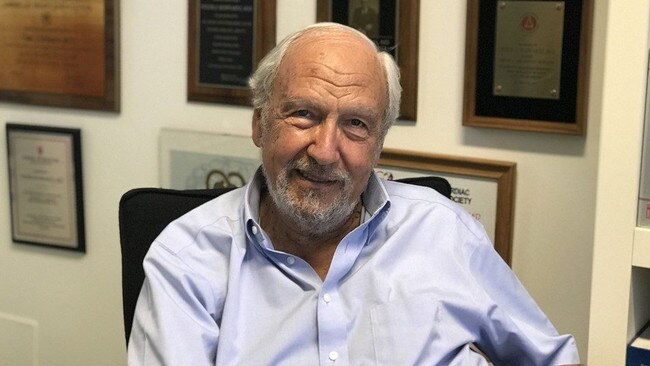
Dr Cala told the inquiry: “I think, with Laura, there‘s undoubtedly myocarditis and I’ve said I can’t exclude that as being the cause of death,” he said.
“Although there was an inflammatory infiltrate in the heart consistent with myocarditis, this may represent an incidental finding,” he wrote after noting three other children had died in the family.
“The possibility of multiple homicides in this family has not been excluded. If homicidal acts have been committed, it is most likely these acts have been in the form of deliberate smothering. Smothering, whether deliberately or accidentally inflicted, may leave no trace.
“There are no specific post mortem findings for smothering. It is usually performed by one person, in the absence of any witnesses,” the report said.
In 2003, when the Folbigg case was heard, there had been a spate of mothers jailed for smothering their babies in the UK and the USA after UK paediatrician Sir Roy Meadows hypothesised that one sudden infant death was tragic, two suspicious and three murder unless proven otherwise. All cases were quashed after what became known as Meadow’s Law was proved completely untrue and just opinion.
Dr Cala contacted police after Laura’s autopsy, concluding he could not rule out smothering on the basis of four children dying in one family was unheard of. Similar evidence was given Folbigg’s 2003 trial.
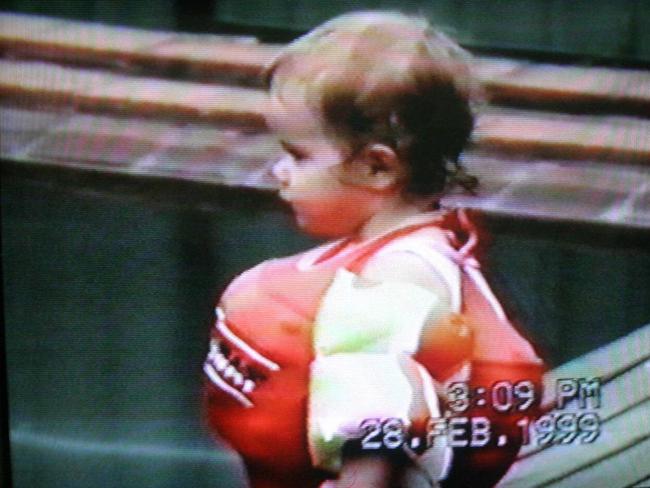
In a letter to police dated June 29, 1999, Dr Cala urged a thorough investigation to “exclude homicide” but made the point “there remains as an exceedingly remote possibility, and so remote as to be almost impossible, of some underlying and undiagnosed genetic or metabolic disease which has so far not been detected”.
The 2019 inquiry was called by Attorney-General Mark Speakman because the concept of more than one sudden infant death in one family being suspicious was wrong.
“The crown told the jury there had not been a cause of three of more deaths in a family identified as natural causes and that has turned out to be wrong,” Mr Speakman said.
Professor Stephen Cordner, former head of the Victorian Institute of Forensic Science, sent out slides of Laura Folbigg’s heart to 10 separate forensic pathologist without any other details of the case and asked how they would determine the cause of death.
All 10 said they would say determine myocarditis as the cause of death.
Dr Cala then admitted in the 2019 inquiry: “I think, with Laura, there‘s undoubtedly myocarditis and I’ve said I can’t exclude that as being the cause of death.”
The inquiry also heard Caleb, the first child to die at age 19 days had laryngomalacia, or a floppy larynx which is linked to sudden infant death, and that Patrick, who died of epileptic seizures at eight months, likely had his first seizure at four months which left him blind.
Folbigg was found guilty of a failed attempt at suffocation regarding this, but in hospital, the child was diagnosed with encephalitis.
The 2019 inquiry also heard the new evidence of the genetic findings presented by Dr Carola Vinuesa, then of the Australia National University, who was the first to isolate the mutations found on the Folbigg daughter’s CALM 2 genes.
The new science was overlooked and the inquiry found Kathleen Folbigg’s guilt was reinforced based on her contentious diary entries.
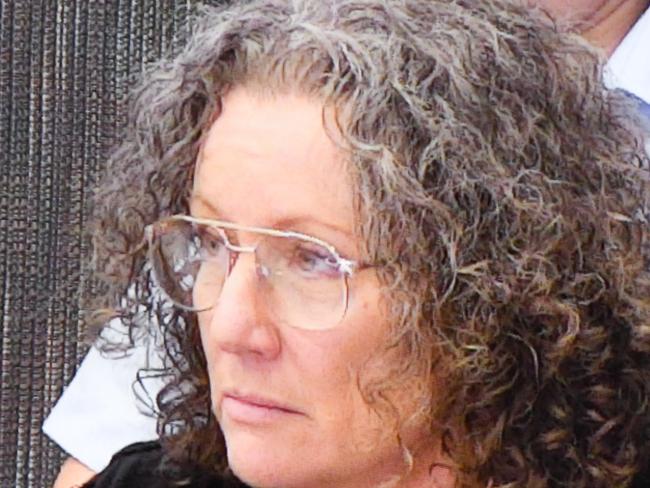
Forensic legal expert Professor Gary Edmond from the University of NSW said the diaries were open to interpretation as opposed to straight scientific fact.
“They're certainly not favourable to Kathleen Folbigg’s interests, but in this case, there is strong scientific evidence that’s consistent with her claims of innocence,” he said.
“And why you would allow the diaries to kind of play such a role when that there’s kind of more objective forms of evidence, which suggests she didn’t do it, rather than these very open to interpretation diaries, which have plausible explanations or convincing explanations for some people that, you know, these are the very sad writings and reflections of a woman who has lost multiple children, which I think the reasonable way to read those diaries.”
The scientific community responded with a new petition for Folbigg’s release, backed by an international study into the role of CALM2 mutations in sudden death published in 2021 which strengthened the original discovery.
The petition, signed by 151 eminent scientists including Nobel laureate’s Prof Peter Doherty and Prof Elizabeth Blackburn as well as the president of the Australian Academy of Science, concluded: “Ms Folbigg’s case also establishes a dangerous precedent as it means that cogent medical and scientific evidence can simply be ignored in preference to subjective interpretations of circumstantial evidence.”
The scientists will begin their evidence on November 14, but as the legal framework currently stands, Prof Edmond thinks Kathleen Folbigg's conviction can’t hold.
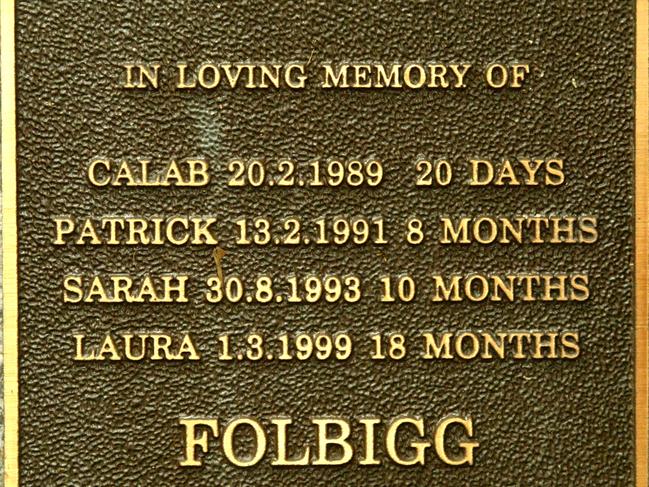
“On the basis of the evidence, I don‘t think the convictions can stand. There is not enough evidence to support her conviction. Although there is new evidence, a lot of the critical evidence was available much earlier one,” Prof Edmond said.
Dr Robert Moles, a legal academic who specialises in miscarriages of justice, said the Kathleen Folbigg case will go down in history as one of Australia’s biggest, surpassing that of Lindy Chamberlain who was acquitted of murdering her baby Azaria in the 1980s.
“In this case, we‘ve got 150 (scientific experts) Does that create a reasonable doubt? Well, of course it does, blind Freddie could see that. There’s never been a case as strong as this in any other jurisdiction. And I’ve never heard of a case as strong as this,” he said, adding he was confident her case would be quashed on the basis of the new evidence.
“Oh, absolutely no doubt at all. I‘m as confident as I could possibly be. And I think that every single day that this decision is delayed, is a disgrace. And some of the scientists some of the most eminent scientists have said that themselves,” he said.
FOR MORE: Click here for the full Mother’s Guilt episode rundown
More Coverage
Originally published as Mother’s Guilt podcast: Is Kathleen Folbigg innocent of killing her four children?



